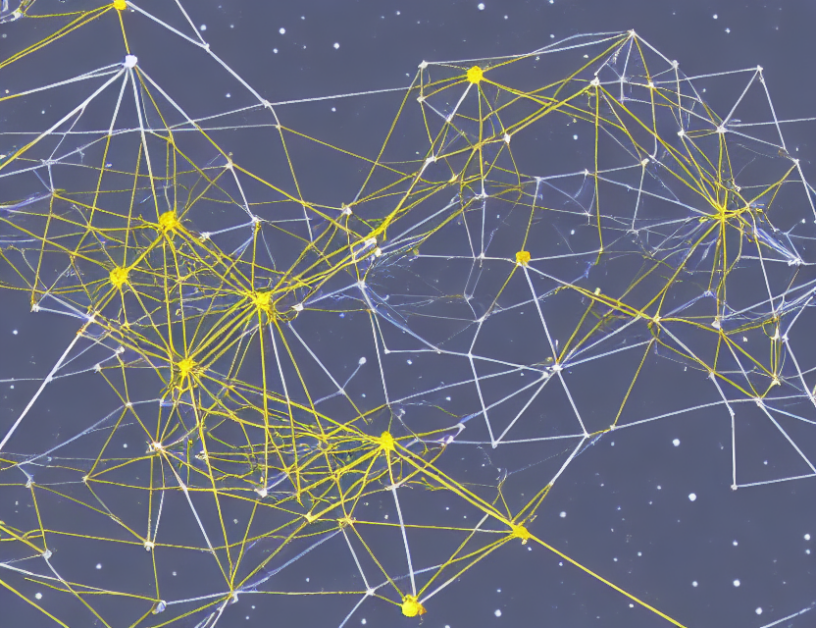In this article, we explore the concept of Grassmann constellations and their significance in noncoherent communications. Grassmann constellations are a type of signal constellation that can be used to represent signals on a manifold, which is a mathematical construct that allows for efficient signal detection and reduction of complexity. The article discusses two methods for designing Grassmann constellations: the cube-split constellation and the manopt method based on optimization on the manifold.
The cube-split constellation is a cell-type structure that helps reduce detection complexity by dividing the signal space into smaller cells. This method is simple to implement but can lead to higher error rates in some cases. The manopt method, on the other hand, optimizes the design metrics for Grassmann constellations using optimization techniques, which results in a more efficient and effective signal representation.
The article also discusses the semi-blind method, which is an extension of the training method that aims to reduce the number of reference signals (RSs) as much as possible. This method involves repeating the estimation of the channel matrix H and the codeword S in an iterative manner, using the first transmission as a rough estimate of H.
Throughout the article, complex concepts are demystified by using everyday language and engaging metaphors or analogies. The author strives for a balance between simplicity and thoroughness to capture the essence of the article without oversimplifying. Overall, the summary provides a comprehensive overview of the article’s key findings and insights, making it accessible to readers with varying levels of prior knowledge in the field.
Electrical Engineering and Systems Science, Signal Processing
Optimizing Grassmann Constellations for Efficient Data Transmission



